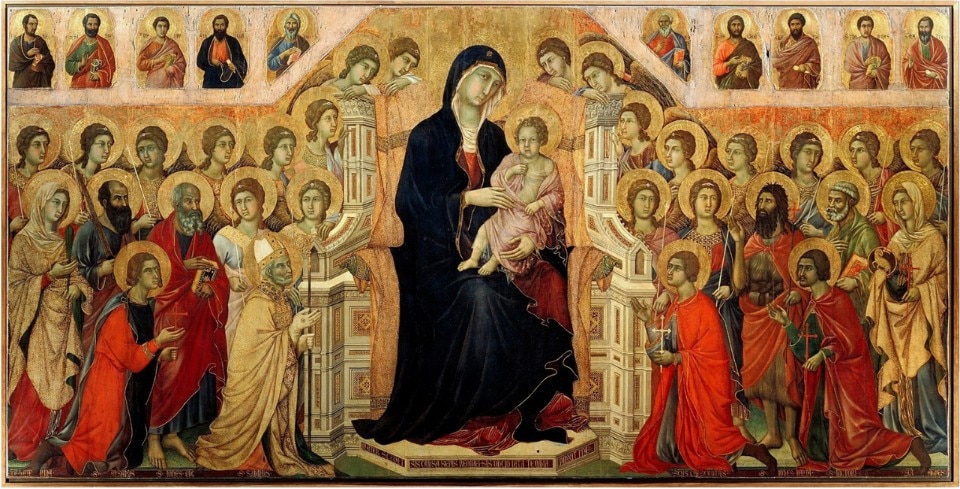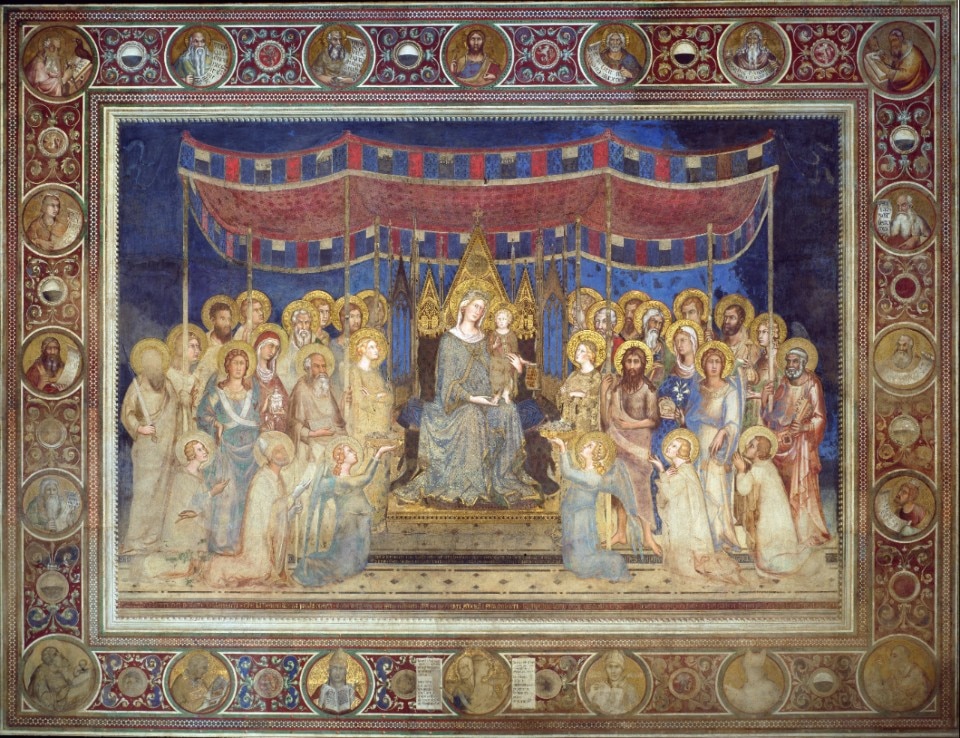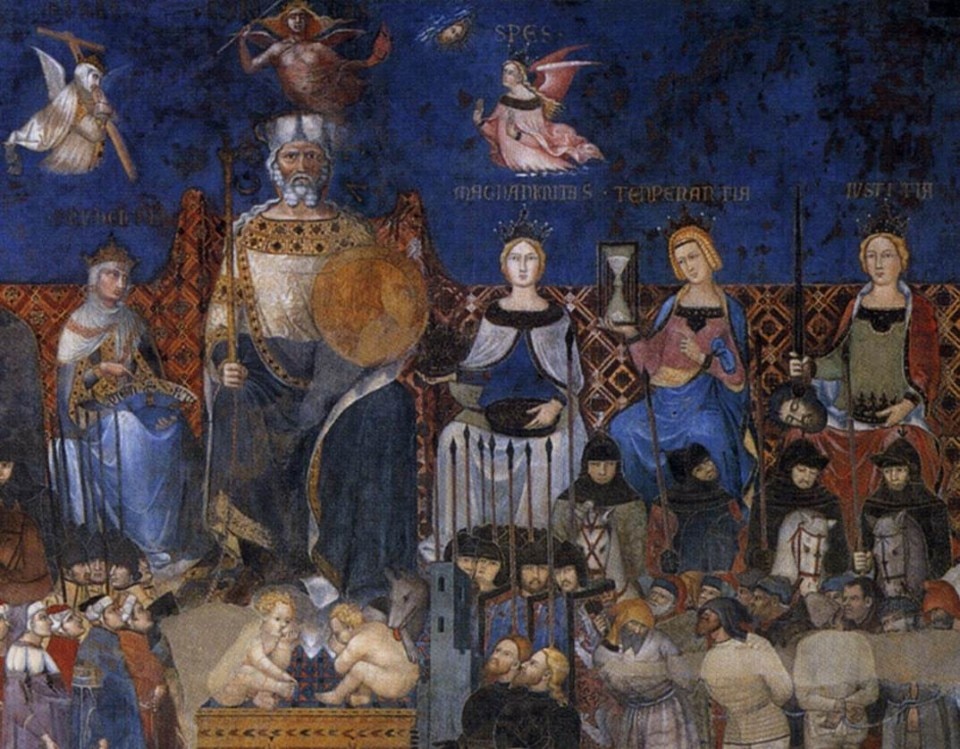A city in celebration, adorned with various flags decorating the contrade (districts). A city that closes within its walls and prepares for the most important event: the Palio di Siena. The city reveals its wonders, easily for an ordinary visitor, but understanding the Palio and its feeling is almost impossible.
Last July 2, the first of the two most important events for the historic Tuscan city took place, as scheduled: the Palio della Madonna di Provenzano. The Selva contrada won with jockey Giovanni Atzeni – also known as Tittia – riding Violenta da Clodia.
Shouts, tears, joy, dismay, fights, mockery. The Palio means everything to the city. A city full of history and art that hides wonders within its walls, and Siena is not just the Palio.
Siena’s Land. The evocation might seem bucolic. Wide expanses of land and shades of green provided by olive trees, holm oaks, or cypresses that give rhythm to the landscape. Sienna, a pigment with coloring power, a warm brown earth, a color that gives substance to the art of that province, forming the basis of many chromatic compositions.
We are in the 13th century – the glorious century of Sienese painting – when a new pictorial style, totally different from the painting that was developing in the regions of central Italy at that time, especially from the neighboring Florence, began to flourish.
Siena was a very powerful city in those years, relying on a thriving economy and political stability. Years of economic and, above all, cultural magnificence.
“The most celebrated master to emerge from Guido’s school (Guido di Graziano) is Duccio di Buoninsegna, who, while continuing in the Greek manner, made it even better.” This is how Gaetano Milanesi introduces the first master of this great century: Duccio di Buoninsegna. A refined and educated painter, Duccio was born in Siena in 1255. He was a student of Cimabue, from whom he diverged artistically, using that tradition to create new forms.
The chromatic richness, completely different from the Florentine style, led Duccio to become the founder of a painting style that was more French inspired, with a more Gothic style, the Sienese style. As a worker in the Siena Cathedral, he began painting around 1308 what is now considered his greatest masterpiece: the Maestà of the Siena Cathedral.

An imposing polyptych with a succession of faces adorned with crowns of saints, angels, and praying religious figures. In the center, the Madonna, the Majesty. The entire scene is organized hierarchically. Majestic, indeed, is the Virgin Mary holding the young Jesus on her lap. The figure occupies the space and dimensions of the architectural throne that embraces and protects. A splendid, orderly, and still rhythm that starts from the center and unfolds the scene. A gold background, in Byzantine style, illuminates and glorifies the figures.
Duccio painted the altarpiece on the front and back, depicting the passion and resurrection in 26 predella panels.
“Duccio knows, like no other, how to empathize with the life and soul of his characters: if he lacks the vehemence of passion, he compensates with sweetness and depth of feeling. Giotto, energetic and at times a bit heavy, always seeks the heroic; Duccio, more delicate, adheres to what is simply human. Giotto is still the son of a Tuscan peasant, but Duccio appears to us rather as a refined citizen, whose aristocratic and cultured nature keeps him away from noise and any form of exhibition.”
C. H. Weigelt, La pittura senese del trecento, 1930
Siena and Florence, two cities that have always been compared. Two neighboring cities with different lives. One Ghibelline, the other Guelf, one richer and more solemn in painting, the other more perspective and bolder in colors.
Giotto was the greatest innovator for Florentine painting, with a realistic style where perspectives were emphasized through volumetric figures, while Duccio focused on more ethereal atmospheres, interpreting the reality of his painting in a more fairy-tale and refined manner, with sinuous figures, richly decorated fabrics, and gold embellished details.

The Gothic forms, tested by Buoninsegna, were refined and emphasized by his student Simone Martini – another great interpreter of Sienese Gothic. Sinuous lines and soft colors, creations beyond realistic verisimilitude, intense painting, a characteristic of Martini’s work, expressing that figurative element fundamental to this genre of painting.
On the northern wall of the Sala del Mappamondo in Siena’s Public Palace, one of Martini’s most famous works extends for about 110 square meters, a religious masterpiece that also carries an ethical-political message, another Maestà. Many elements set it apart; Martini abandons the gold background and replaces it with a more realistic blue, a color always precious, even richer, and more expensive to produce as it is made from lapis lazuli. The artwork features a canopy in a courtly style at its center, supported by several saints.
The Madonna, the Queen of Siena, always remains at the center of the piece, while the saints are symmetrically arranged on either side. The Madonna appears austere and indifferent, while the child participates in the entire perspective scene. The patron saints of Siena are in the foreground, kneeling. From image to word, a dialogue is painted. The child is posed, giving a blessing, while with the left hand, he holds a scroll that reads “Diligite Iustitiam qui iudicatis terram,” the incipit of the Book of Wisdom. Mary responds to the prayers of the saints and patrons of the city with words that can be read in the lower border of the frame: “Diletti miei, ponete nelle menti / che li devoti vostri preghi onesti / come vorrete voi farò contenti. / Ma se i potenti a’ debil’ fien molesti, / gravando loro o con vergogna o danni, / le vostre oration non son per questi / né per qualunque la mia terra inganni.”
She continues her speech by replying to the angels who give her floral gifts as well: “Li angelici fioretti, rose e gigli, / onde s’adorna lo celeste prato, / non mi dilettan più ch’ e’ buon consigli. / Ma talor veggio chi per proprio stato / disprezza me e la mia terra inganna, / e quanto parla peggio è più lodato. / Guardi ciascun cui questo dir condanna.”
A tribute to the Virgin transformed into political propaganda, an exaltation of the client, which was none other than the Noveschi – one of the main administrations of the Republic of Siena.
The political tradition, essential at the time, especially to emphasize the great rivalries between Siena and Florence, continues and reveals itself even more through the brush of another great Sienese artist: Ambrogio Lorenzetti. He creates a cycle of frescoes that are no longer veiled in their message but clear and evident.
“He was a wonderful light of the Sienese School and one of the first who infused the representations of art with lofty and noble concepts, so much so that he not only equals, but easily surpasses the artists of his time.” This is how Gaetano Milanesi describes the Sienese master in his Storia dell’Arte Toscana, scritti varj.

In the following decades, especially in the first half of the 14th century, two brothers, Pietro and Ambrogio Lorenzetti, began to impose their art, their artistic vision, and were considered the true heirs of the Giottesque renewal. Ambrogio, the younger brother of Pietro, was the most successful, the most ‘Florentine’ among the Sienese masters. In 1337, after the departure of Duccio di Buoninsegna to Avignon, he was chosen by the government of the city to represent their political manifesto within the Public Palace: The Allegory of Good and Bad Government.
This long-awaited manifesto for the medieval man, especially for the citizens of wealthy Siena, was elaborated by Lorenzetti in detail. The iconography not only dealt with political theories but represented the pursuit of the common good, an argumentation in which the individual dimension was necessary for virtuous forms of government.
In the representation of the leaden medieval city, where the rules of perspective had to adapt to the compositions, Lorenzetti’s painting, through descriptive language, returns to the fairy-tale evocation that Buoninsegna had proposed. The narrative becomes political.
The fresco is divided into two different parts, two sections. A large demonic figure at the center of the scene represents Bad Government, personification of Tyranny. Siena supports it, while three winged figures control it from above. At its feet lies a black goat, symbolizing evil, in contrast to the icon of the she-wolf nursing the twins in the adjacent fresco, depicting Good Government. Avarice, pride, vainglory, cruelty, betrayal, fraud, fury, division, and war are depicted to symbolize the subversion of Good Government. Justice, which prevails in Good Government, is depicted here bound, imprisoned, with the scales of balance overturned. Disharmony, dictated primarily by dark colors and expressed through various personifications of evil, is the concept that emerges from the painting, completely antithetical to that of Good Government, which features the presence of cardinal virtues, Peace, and Magnanimity.
As Goethe noted in his Italian Journey: “Here, everyone is at odds with each other, to a surprising degree. Animated by a peculiar parochial spirit, they cannot stand each other.”
It is not simply being Tuscan. Either you are from Siena or from Florence. Either you are Guelph or Ghibelline, or you belong to the Aquila contrada or the Selva, the Bruco, the Chiocciola, the Civetta, the Drago, the Giraffa, the Istrice, the Leocorno, the Lupa, the Nicchio, the Oca, the Onda, the Pantera, the Tartuca, the Torre, or you belong to the Valdimontone contrada. It is not just being from Siena.
“Between us, courtesy is only found in Siena. Elsewhere, in the rest of Tuscany, there is civility in manners, but not in voice, demeanor, tone, or words.”
Curzio Malaparte, Those Cursed Tuscans

